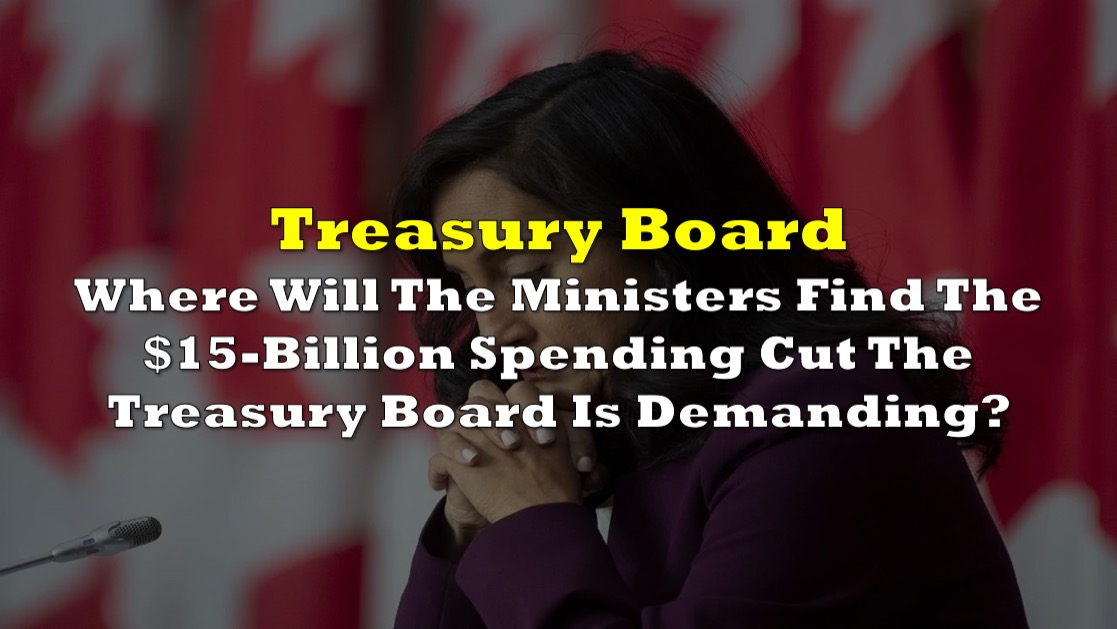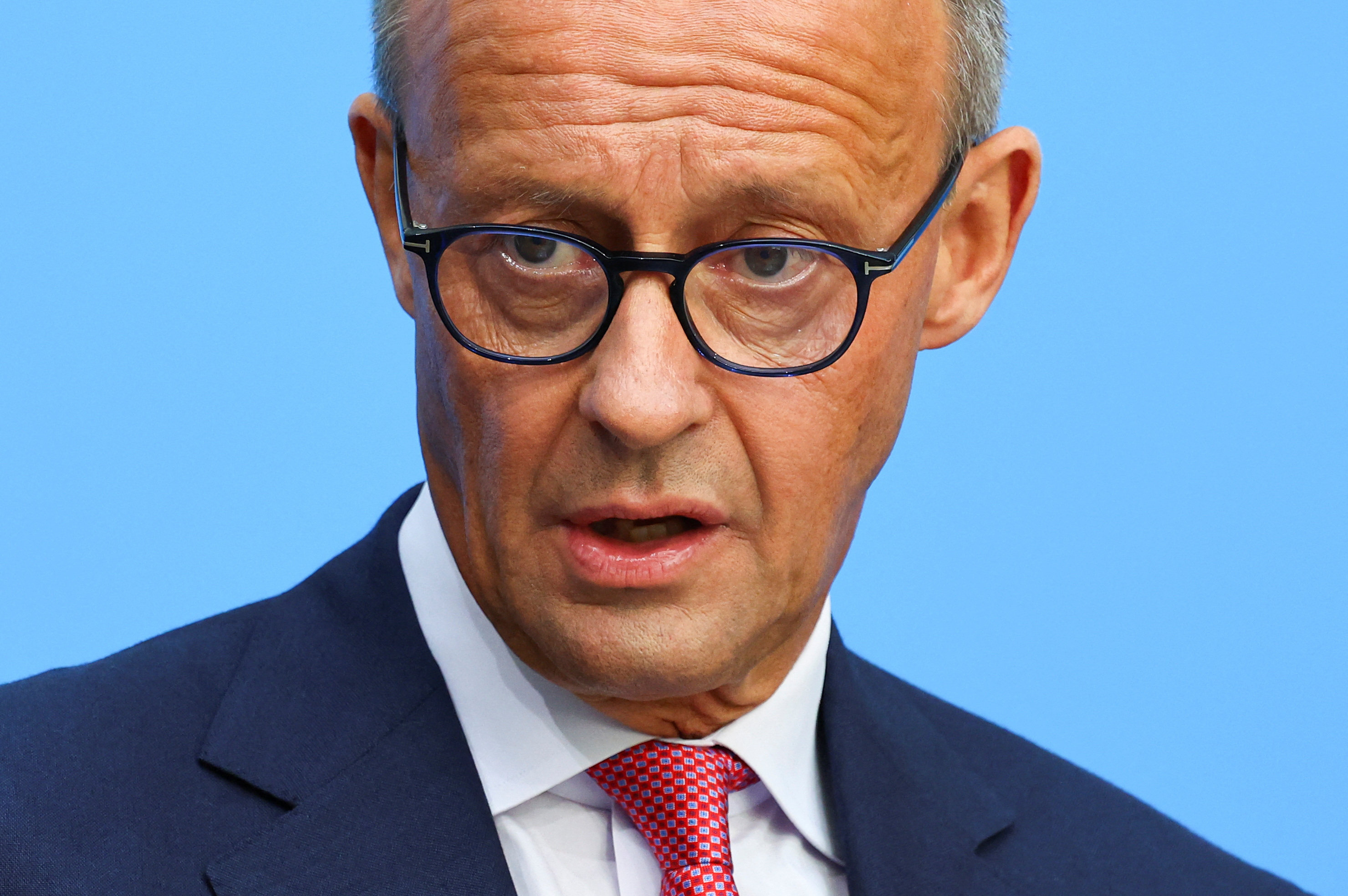Analysis: SSE's £3 Billion Spending Cut And Its Implications For Investors

Table of Contents
Reasons Behind SSE's £3 Billion Spending Reduction
The decision to slash £3 billion from its spending plans is a multifaceted one, driven by a confluence of macroeconomic factors and internal strategic shifts. The current economic climate plays a significant role. Soaring inflation, coupled with rapidly rising interest rates, has increased the cost of borrowing, making large-scale infrastructure projects considerably more expensive. Supply chain disruptions further exacerbate these challenges, leading to project delays and cost overruns.
SSE's internal strategic review also significantly influenced this decision. The company is undertaking a comprehensive reassessment of its capital allocation strategy, prioritizing projects with higher returns and reduced risk. This involves a rigorous evaluation of each project's potential profitability, considering the current economic uncertainties and the evolving regulatory landscape.
Regulatory changes are another key factor. Increased uncertainty around future energy policies and regulations makes long-term investment planning more challenging. The company is likely adjusting its investment strategy to account for potential changes in government support and policy frameworks.
- Increased regulatory uncertainty: Changes in government policy can significantly affect project viability.
- Higher borrowing costs: Increased interest rates make financing large-scale projects more expensive.
- Focus on debt reduction and shareholder returns: The cut reflects a prioritization of financial stability and returns to investors.
- Shifting priorities towards renewable energy projects with higher ROI: SSE is likely focusing on projects with quicker returns and lower risk.
Impact on SSE's Future Projects and Development Plans
SSE's £3 billion spending cut will undoubtedly impact its future projects and development plans. Specific projects, particularly those in the early stages of development or with higher risk profiles, are likely to face delays or cancellations. This could include several planned wind farm constructions and potentially some solar energy investments.
The implications for SSE's renewable energy ambitions are significant. While the company remains committed to its net-zero targets, the reduced spending could lead to a slower rollout of new renewable energy capacity. The revised investment strategy prioritizes projects with a faster return on investment, potentially delaying the achievement of some long-term goals.
- Delayed timelines for new wind farm constructions: Several projects may experience significant delays or be put on hold.
- Potential scaling back of certain renewable energy investments: Projects deemed less profitable may be reduced in scope or abandoned.
- Revised investment strategy prioritizing profitable projects: Focus will shift towards projects with quicker returns and lower risk.
- Increased focus on operational efficiency and cost optimization: SSE will likely streamline operations to maximize efficiency and minimize costs.
Implications for SSE Investors and Shareholder Value
The short-term impact of SSE's £3 billion spending cut on its share price is likely to be volatile. Investors may react negatively in the short term, leading to a price drop. However, the long-term effects depend on how effectively the company manages its revised strategy. A focus on debt reduction and higher-ROI projects could positively impact long-term shareholder value, though it might affect dividend payouts. Investor confidence will be crucial, and the company's communication strategy regarding its long-term vision and progress will heavily influence investor sentiment.
- Potential short-term share price volatility: Immediate market reaction might be negative due to uncertainty.
- Long-term implications for dividend sustainability: Reduced investment could impact future dividend payouts.
- Revised investor expectations regarding future growth: Investors will likely adjust their expectations for future growth rates.
- Comparative analysis with competitor's investment strategies: Investors will compare SSE's strategy to its competitors.
Alternative Investment Strategies in the Energy Sector
The SSE situation highlights the need for diversification in the energy sector. Investors may now consider alternative investment opportunities in companies with different strategies. Renewable energy companies with a strong track record and robust balance sheets could be attractive options. However, careful due diligence is essential, considering the specific risks and rewards associated with each investment.
- Diversification across energy sub-sectors: Spread investments across different energy sources and technologies.
- Focus on companies with robust balance sheets and strong growth prospects: Prioritize financially stable companies with a clear growth trajectory.
- Consideration of ESG factors in investment decisions: Incorporate environmental, social, and governance factors into investment analysis.
Conclusion: Assessing the Long-Term Effects of SSE's £3 Billion Spending Cut
SSE's £3 billion spending cut is a significant strategic shift driven by macroeconomic factors, internal reviews, and regulatory changes. The impact on future projects and shareholder value remains uncertain, with potential short-term share price volatility and long-term effects on dividend sustainability. While the cut may slow the pace of some renewable energy projects, it could also enhance the company’s financial stability and long-term prospects. Investors should carefully consider alternative strategies within the energy sector, focusing on diversification and companies with strong growth potential. Stay informed about SSE's strategic direction following this significant spending cut and analyze the long-term implications of SSE's £3 billion investment reduction before making investment decisions.

Featured Posts
-
 Washington Attack Chancellor Merzs Condemnation And Call For Action
May 22, 2025
Washington Attack Chancellor Merzs Condemnation And Call For Action
May 22, 2025 -
 Half Dome Wins Abn Group Victoria Pitch A New Era Of Design
May 22, 2025
Half Dome Wins Abn Group Victoria Pitch A New Era Of Design
May 22, 2025 -
 Phan Tich 7 Vi Tri Ket Noi Tp Hcm Long An Dang Dau Tu
May 22, 2025
Phan Tich 7 Vi Tri Ket Noi Tp Hcm Long An Dang Dau Tu
May 22, 2025 -
 Get Help With Wordle 1393 April 12th Hints And The Answer
May 22, 2025
Get Help With Wordle 1393 April 12th Hints And The Answer
May 22, 2025 -
 Provence Walking Route Mountains To Mediterranean A Self Guided Itinerary
May 22, 2025
Provence Walking Route Mountains To Mediterranean A Self Guided Itinerary
May 22, 2025
